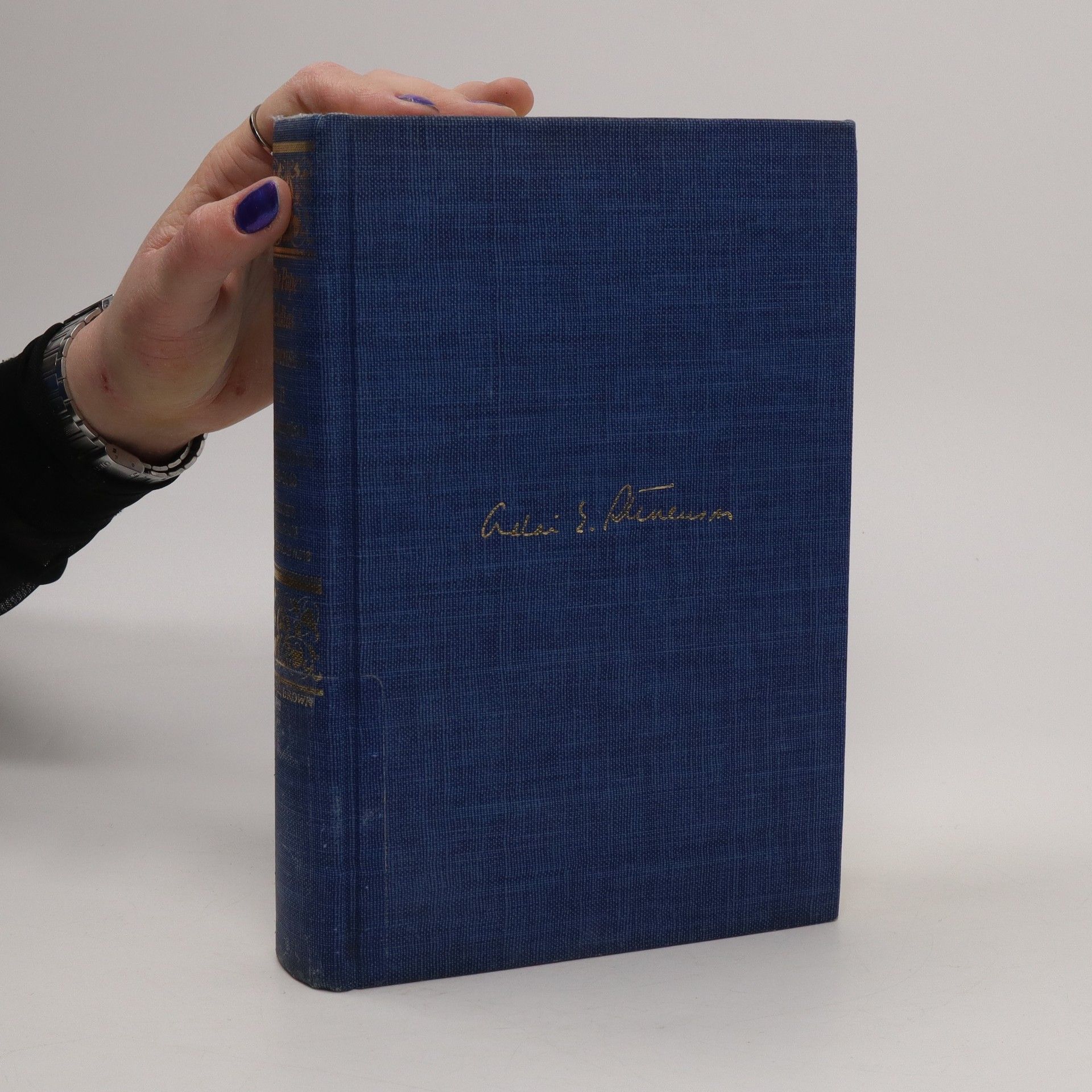Trade Unions and the State
- 172pages
- 7 heures de lecture
"A paperback I recommend to anyone trying to understand strikes and lockouts in Canada. The most satisfying written explanation."--Ottawa Citizen
Walter Johnson explore l'histoire complexe de l'esclavage et son profond impact sur la société et l'identité américaines. Son travail met au jour la violence et l'exploitation, souvent négligées, qui ont soutenu l'expansion et la croissance économique de la nation. L'approche de Johnson se caractérise par une analyse historique approfondie, révélant les liens complexes entre pouvoir, capital et souffrance humaine. Ses écrits offrent des perspectives cruciales sur les éléments fondamentaux de l'histoire américaine.





"A paperback I recommend to anyone trying to understand strikes and lockouts in Canada. The most satisfying written explanation."--Ottawa Citizen
Your Great Guide To Learn All About The World Of Persuasion, With The Complete History, Techniques, And Theories About Persuasion
The description does not provide any specific details about the book's content, themes, characters, or plot. It only mentions a promotional discount. For a meaningful summary, more information about the book itself would be needed.
Your Easy Manual For The World of Manipulation Secrets, With Tips and Tricks To Control People And Understand the Power Of Our Mind
The description does not provide any details about the book's content, themes, or characters. It only mentions a discount offer, which does not contribute to a summary of the book itself. Please provide more information about the book for a proper summary.
Your Easy Guide To Understand How NLP Works, Its Importance And Effectiveness To Learn NLP Components And Techniques To Become The Master Of Your Success
The description highlights a significant discount on the book, suggesting a promotional offer that may attract potential readers. However, it does not provide any details about the book's content, themes, or characters. Without additional context about the book itself, the summary remains focused solely on the discount aspect.